The lead characters in Hong Kong Phooey and Kung Fu Panda may have the moves, but neither cartoon animal – a dog and a giant panda, respectively – are known for their aptitude for Chinese martial arts, or wushu. The Monkey King, though – absolutely.
The association between wushu and animals can be traced back to Chinese doctor and surgeon Hua Tuo, who lived during the rule of the Eastern Han dynasty (25-220 AD) in China.
It is said that he combined the medical knowledge of his time with an ancient pictorial health guide from pre-Qin period (before 221 BC) to develop a set of exercises known as wu qin xi, or “Frolics of the Five Animals”, that helped people enhance their health. The five animals were the tiger, deer, bear, monkey and crane.
Despite its title, modern scholars believe the animal-themed exercises are designed to help practitioners memorise (and teach others orally) the sequences and moves rather than to mimic movements of the five animals.
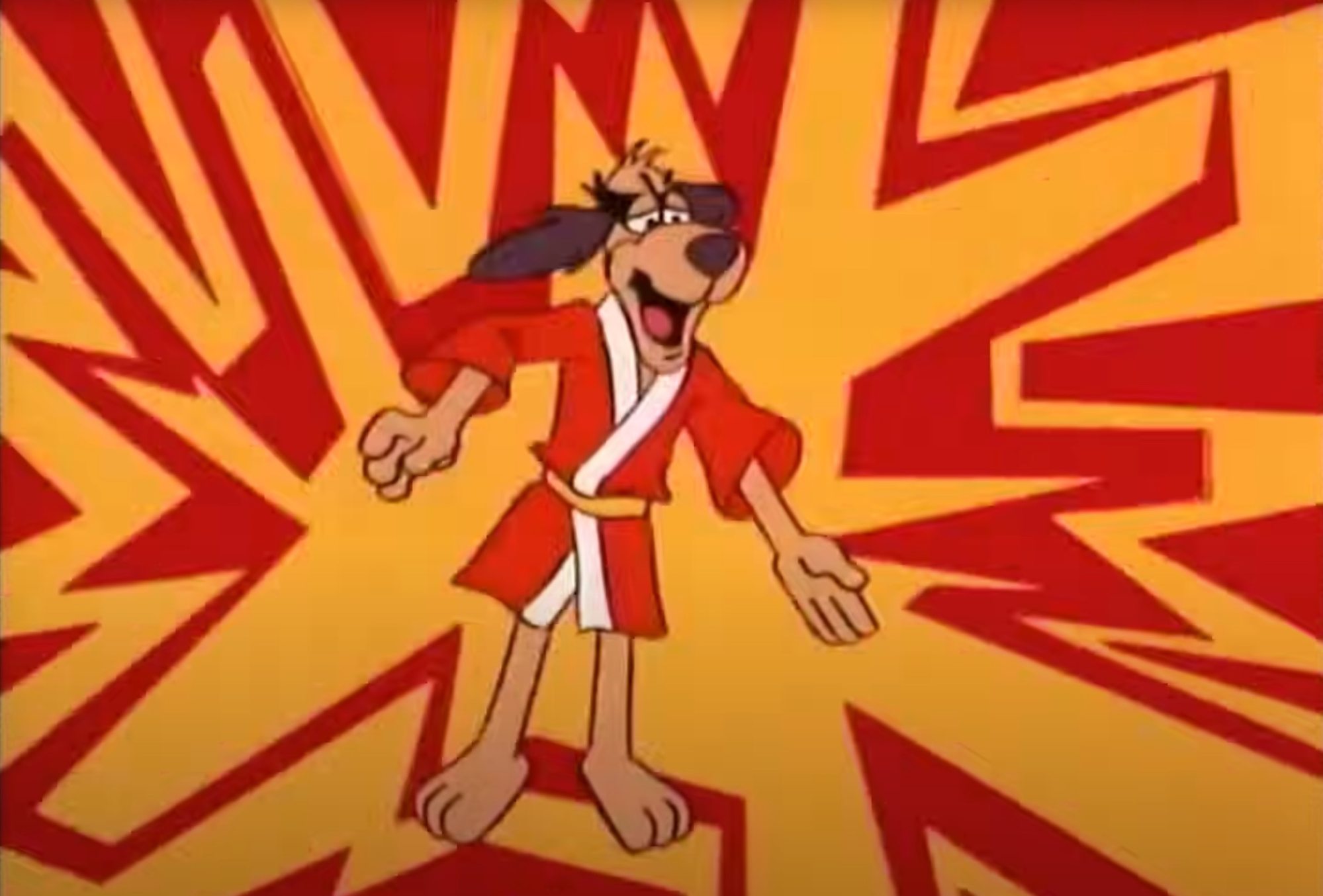
Their style of wushu, known as wu xing quan, channels energy and power primarily to the hands and fists while emulating the shape, movement and character of their five animals: dragon, tiger, crane, leopard and snake, or, in another iteration, crane, tiger, monkey, snake and mantis.
But it is xing yi quan, a set of wushu techniques said to have been passed down by military general Yue Fei (1103-1142) of the Southern Song dynasty (1127-1279) that boasts the most animals in its repertoire.
We describe the 12 animal-inspired techniques and principles in xing yi quan that help Chinese martial arts practitioners memorise and master their dynamic moves to this day.
1 Dragon
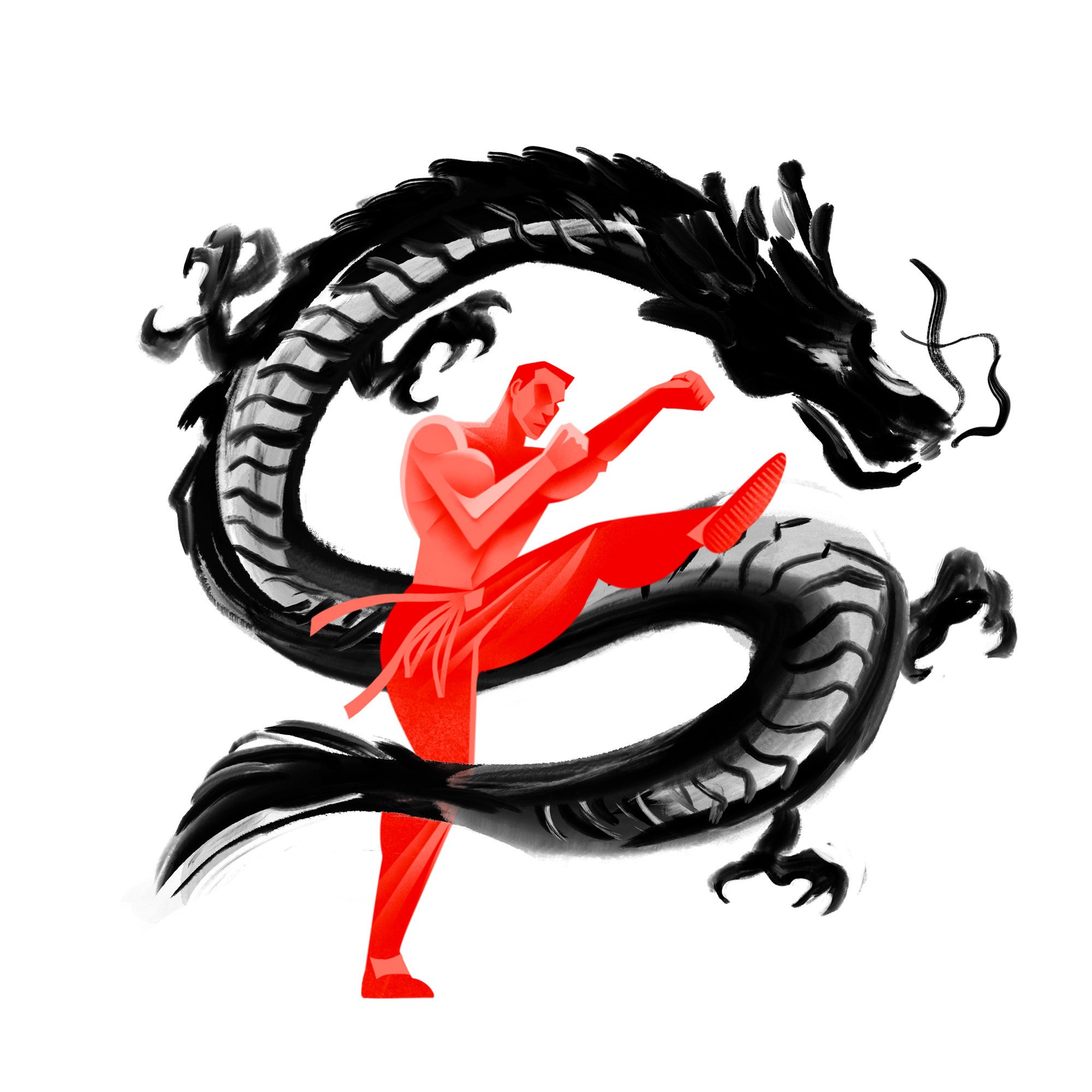
Not exactly an animal, but rather a revered mythical creature in Chinese culture that possesses amazing powers – and flexibility, according to the written instructions.
The essence of the learning is, like the dragon, to move quickly and with agility, contracting and extending the spine, to adapt to the environment.
2 Tiger
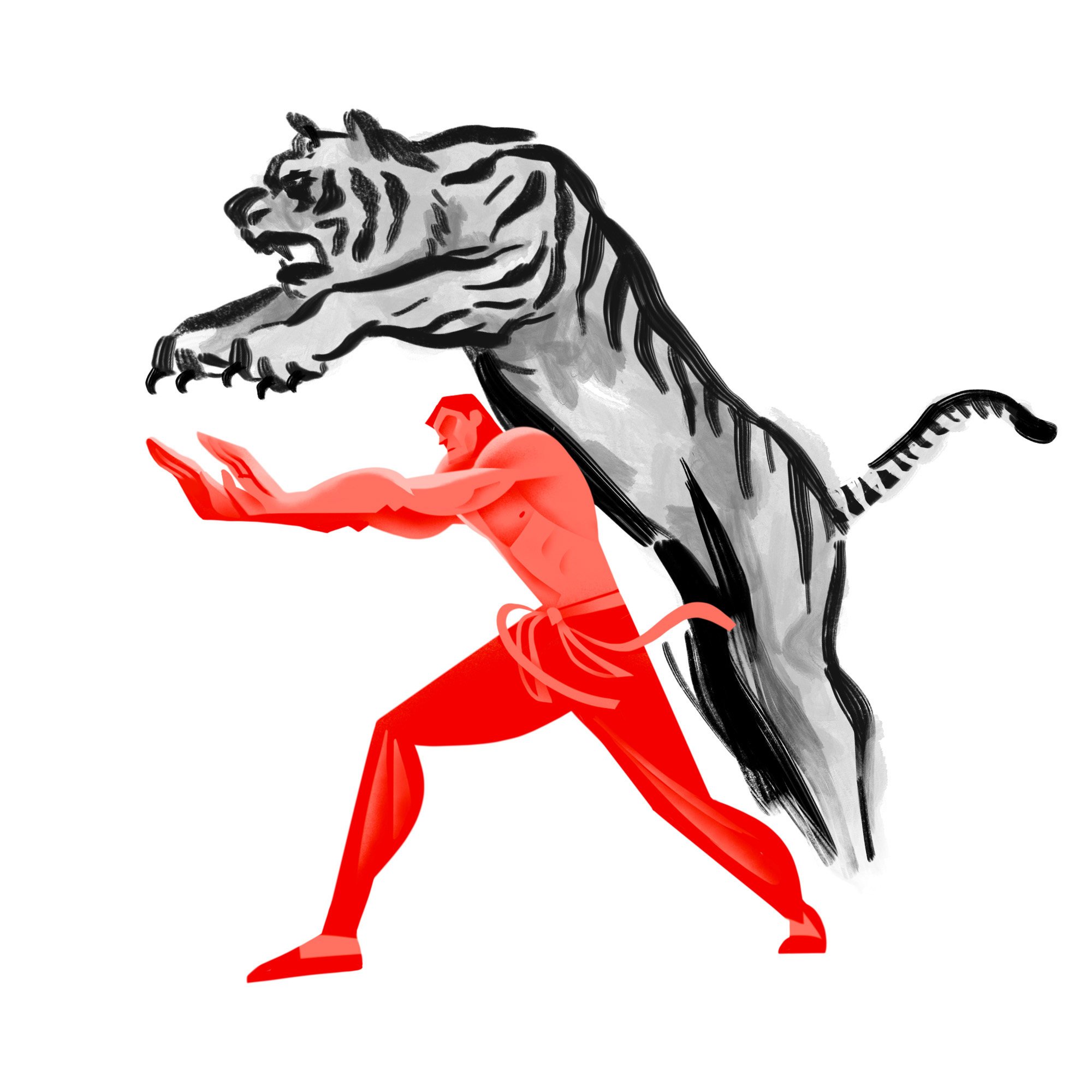
Known for its power and ferocious nature, the tiger represents courage and strong will in wushu.
Like the king of beasts, people in combat should lunge forward with quick and firm steps before delivering explosive knuckle punches.
3 Monkey
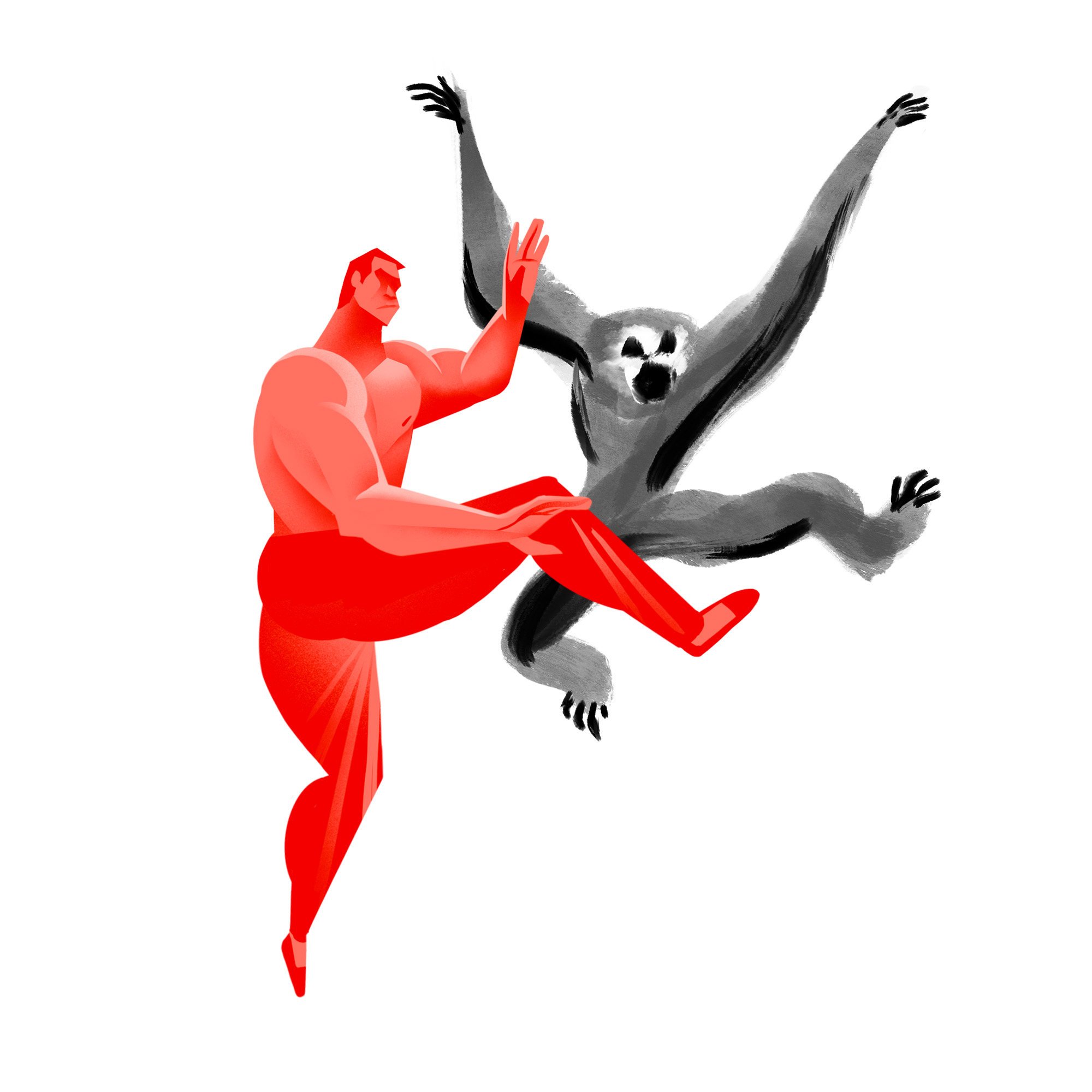
The monkey is all about being nimble and skilful. The lesson here is to be able to parry and strike equally swiftly.
4 Horse
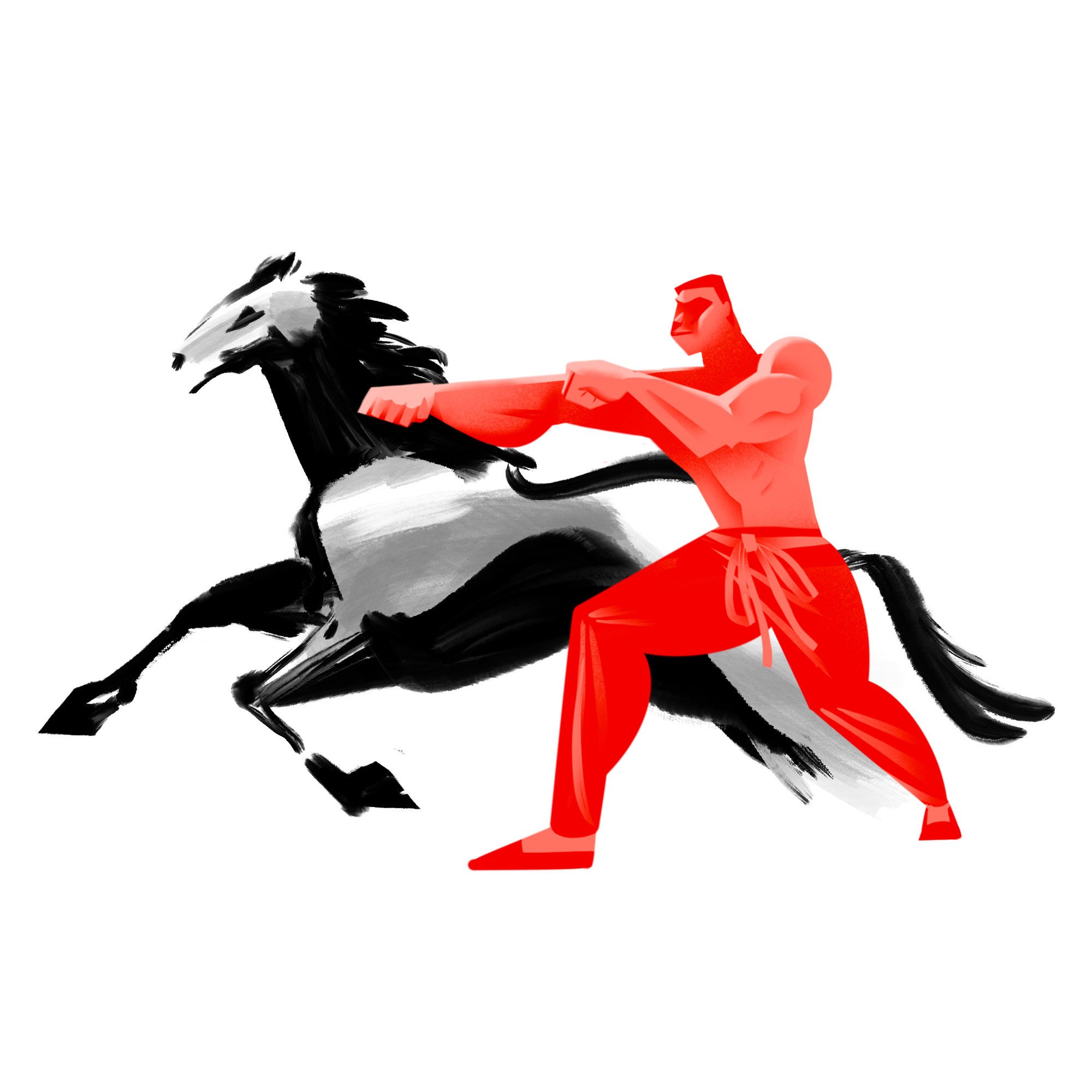
Inspired by the way horses gallop freely in the open, this technique requires stamina as it features strikes that are powerful and continuous.
5 Crocodile
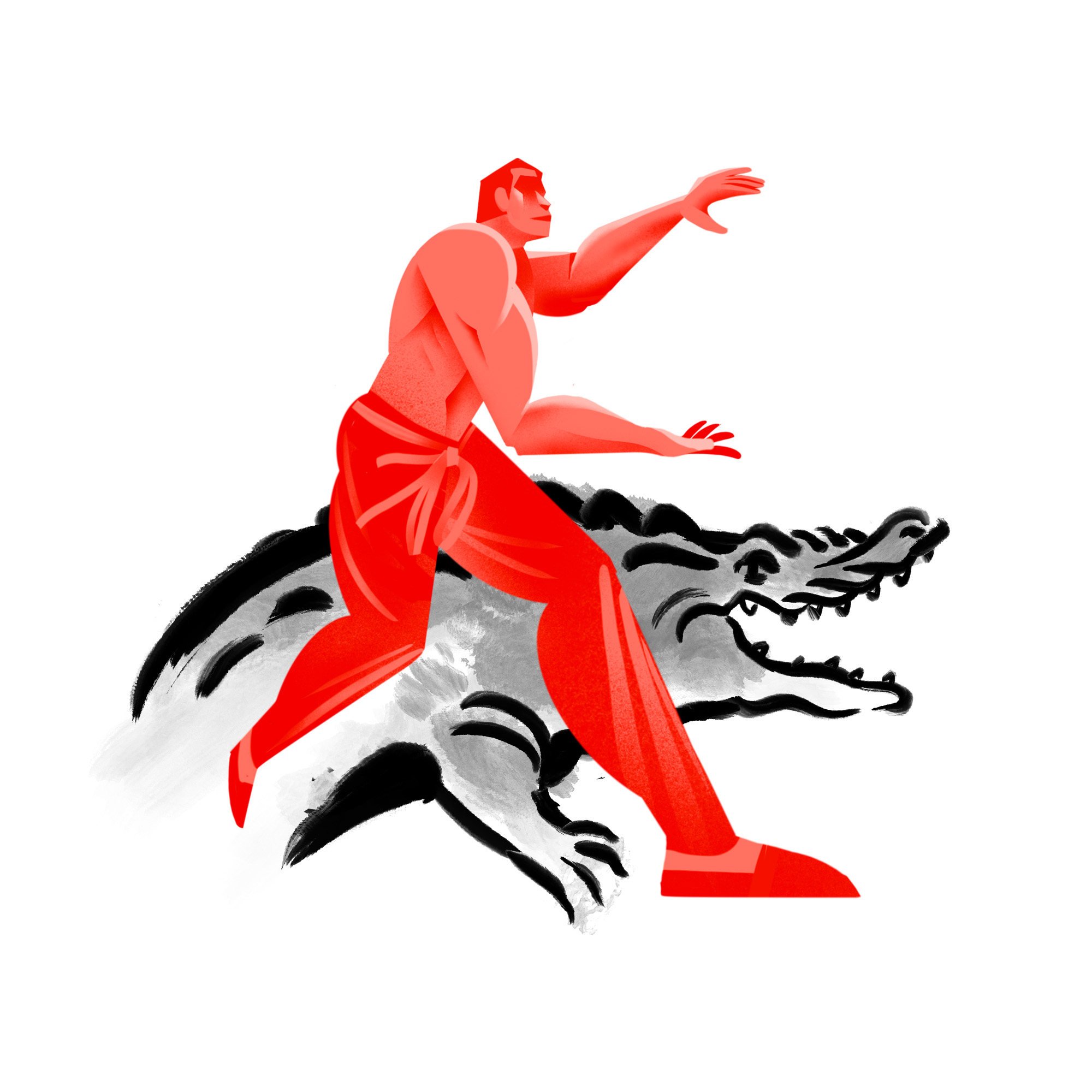
Crocodiles are semiaquatic and move just as fast in the water as on land. They are able to glide quietly and attack suddenly and powerfully.
The takeaway here is to be able to hit the opponent left and right while also blocking their attacks.
6 Rooster
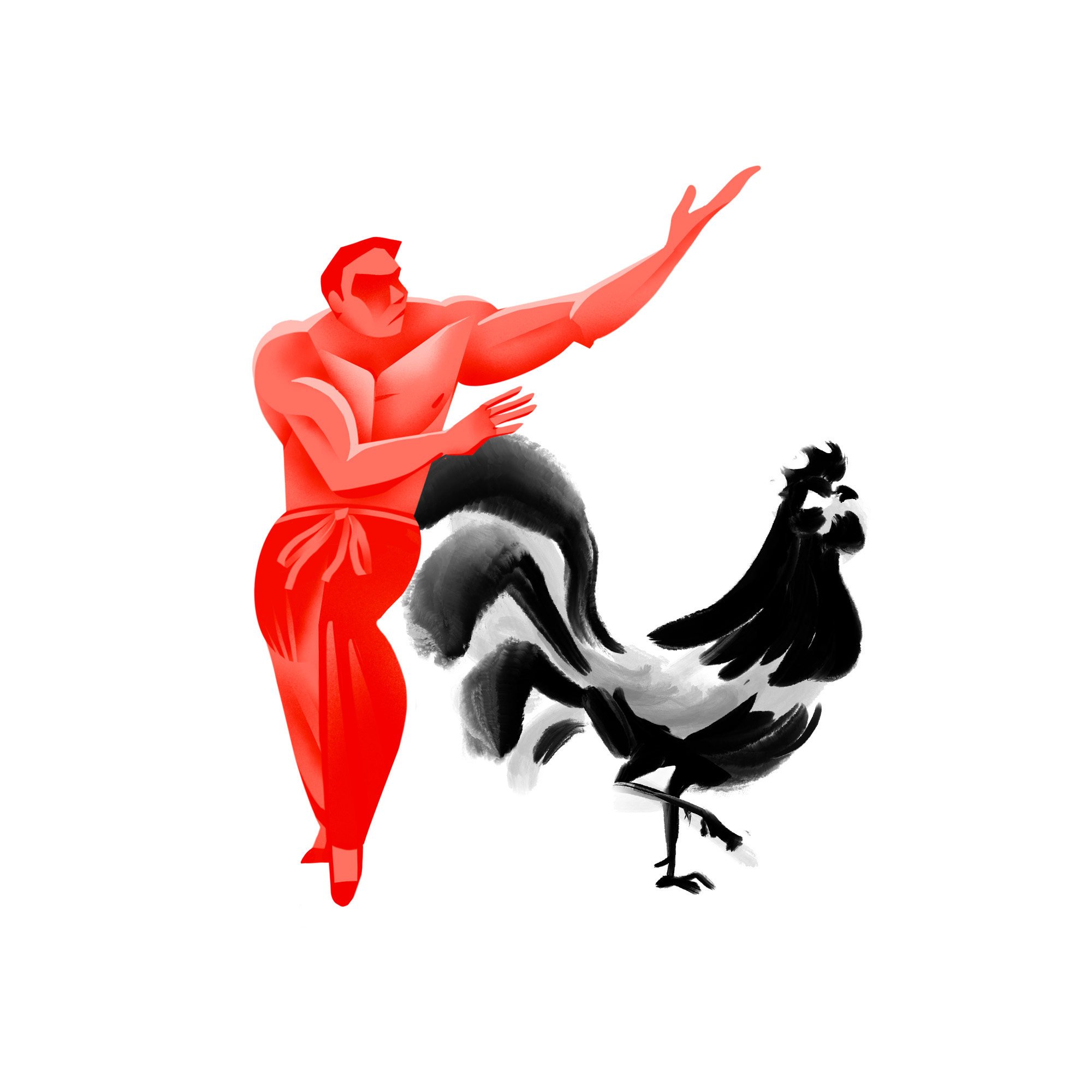
This is a combative and aggressive style that uses fist and arm movements that mimic a rooster’s pecking beak and its flapping wings.
It also symbolises bravery and a strong will to succeed.
7 Swallow
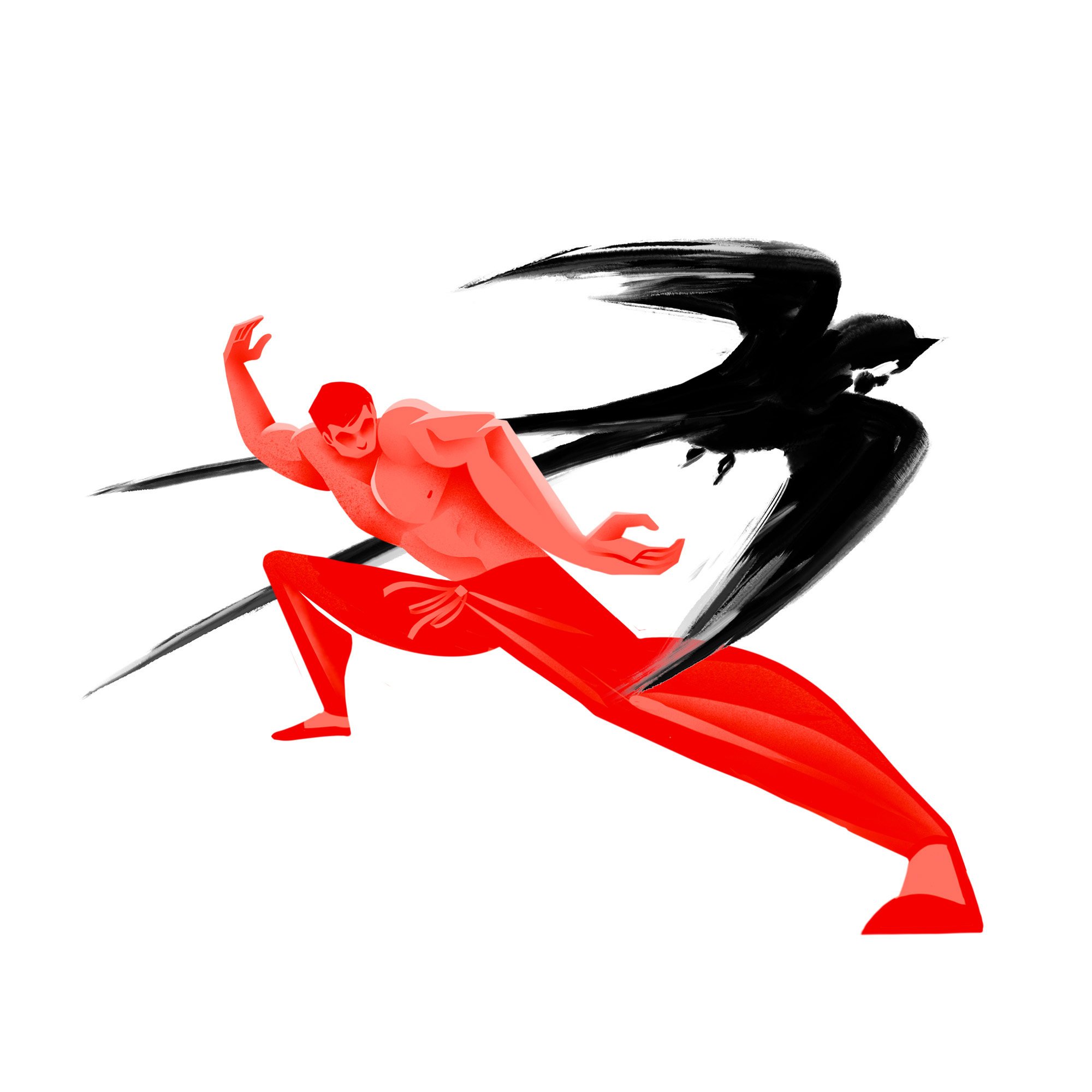
This combat strategy requires unpredictable attacks that are delivered with incredible accuracy.
It also requires quick footwork and speed when circling the opponent.
8 Sparrowhawk (harrier)
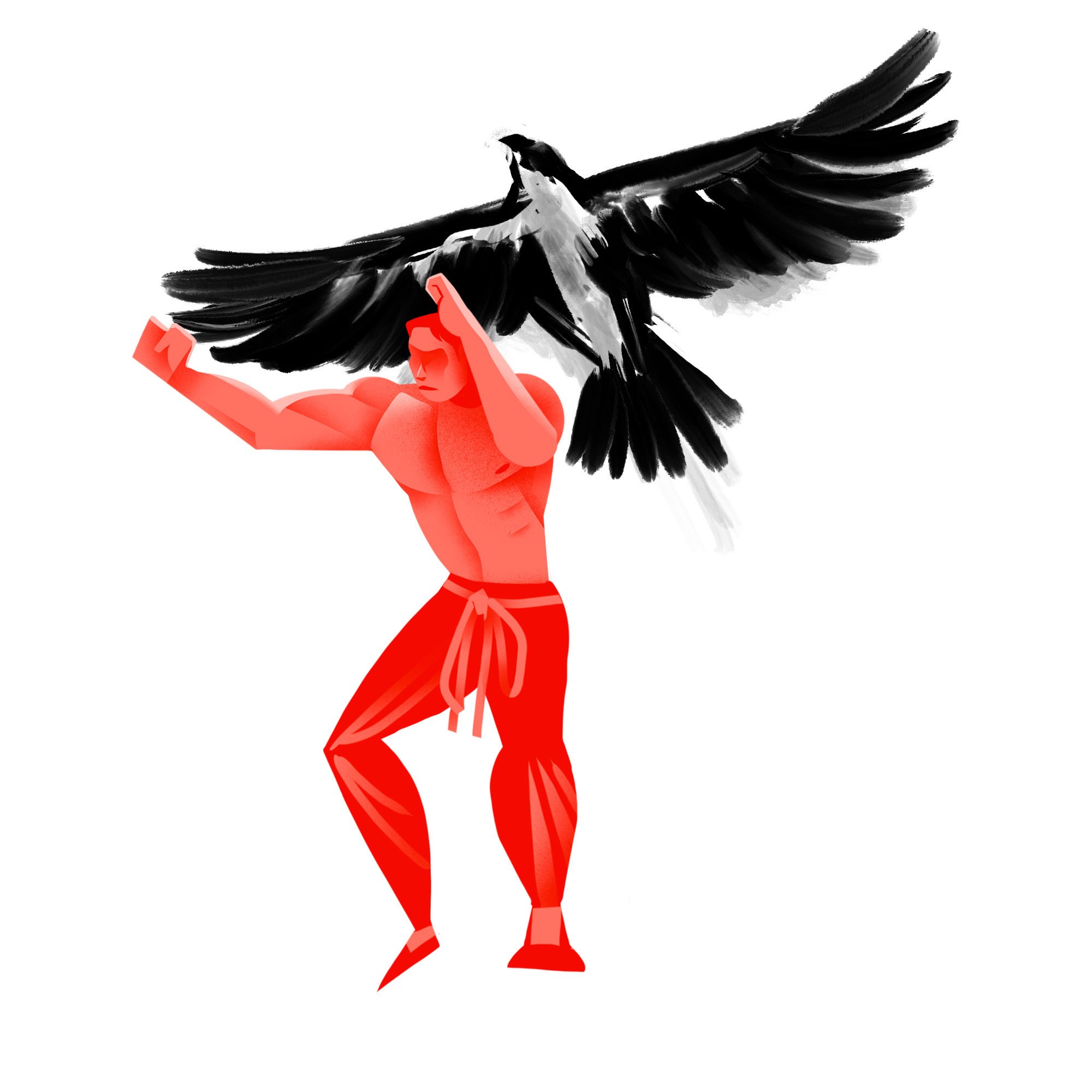
Imagine a fighter jet shooting into the sky, piercing the clouds at tremendous speed. Now imagine doing so while rotating the body – this is the kind of energy this bird of prey inspires, with an attack so fast and forceful that the opponent does not even know what has hit them until it is too late.
9 Snake
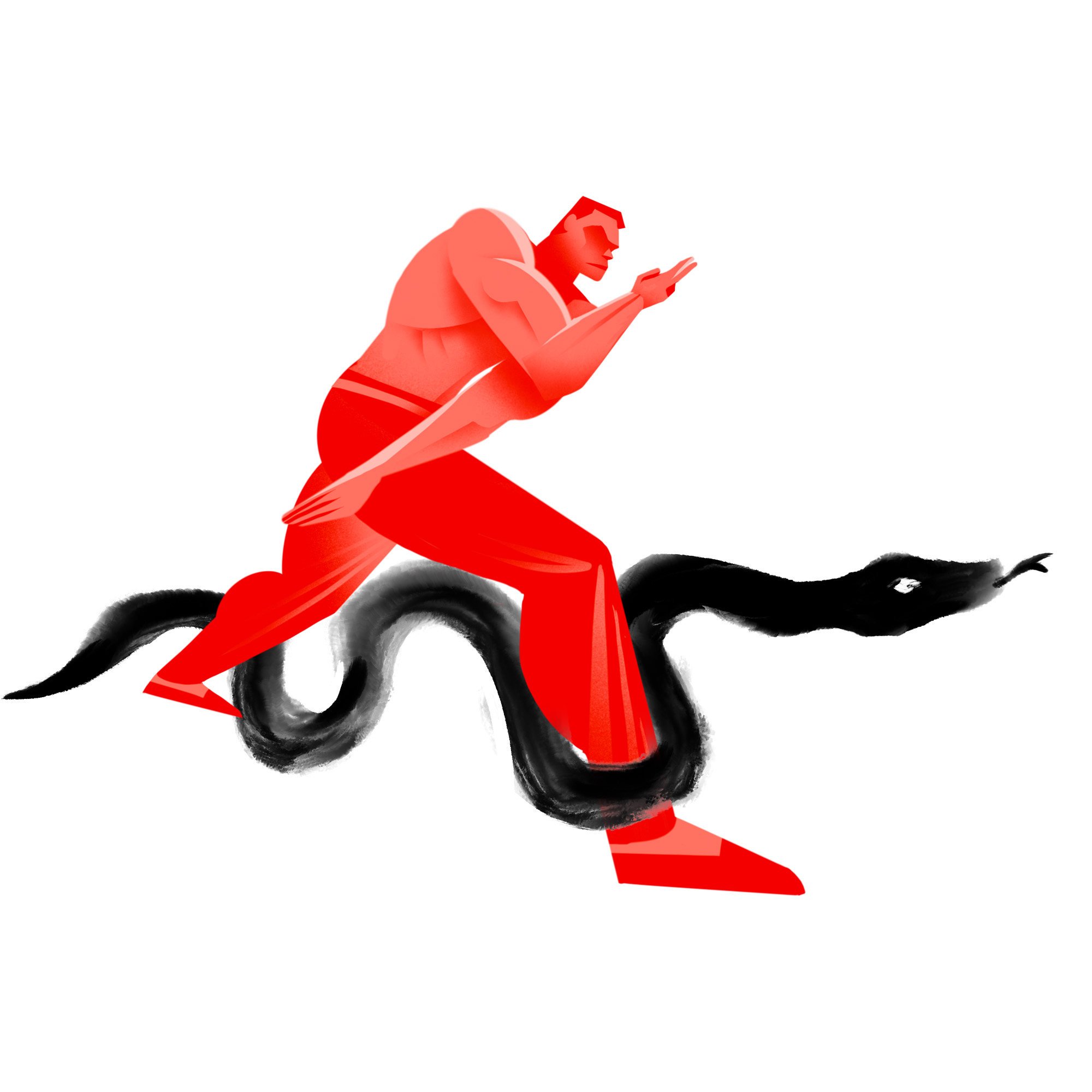
A little like the crocodile that moves quickly and stealthily, and the dragon that has great flexibility, the slithering snake is very hard to read.
After gliding deftly on the ground from side to side, it may come at its opponent from the direction that is least expected. And when it strikes, it is usually with bullseye accuracy.
10 Falcon
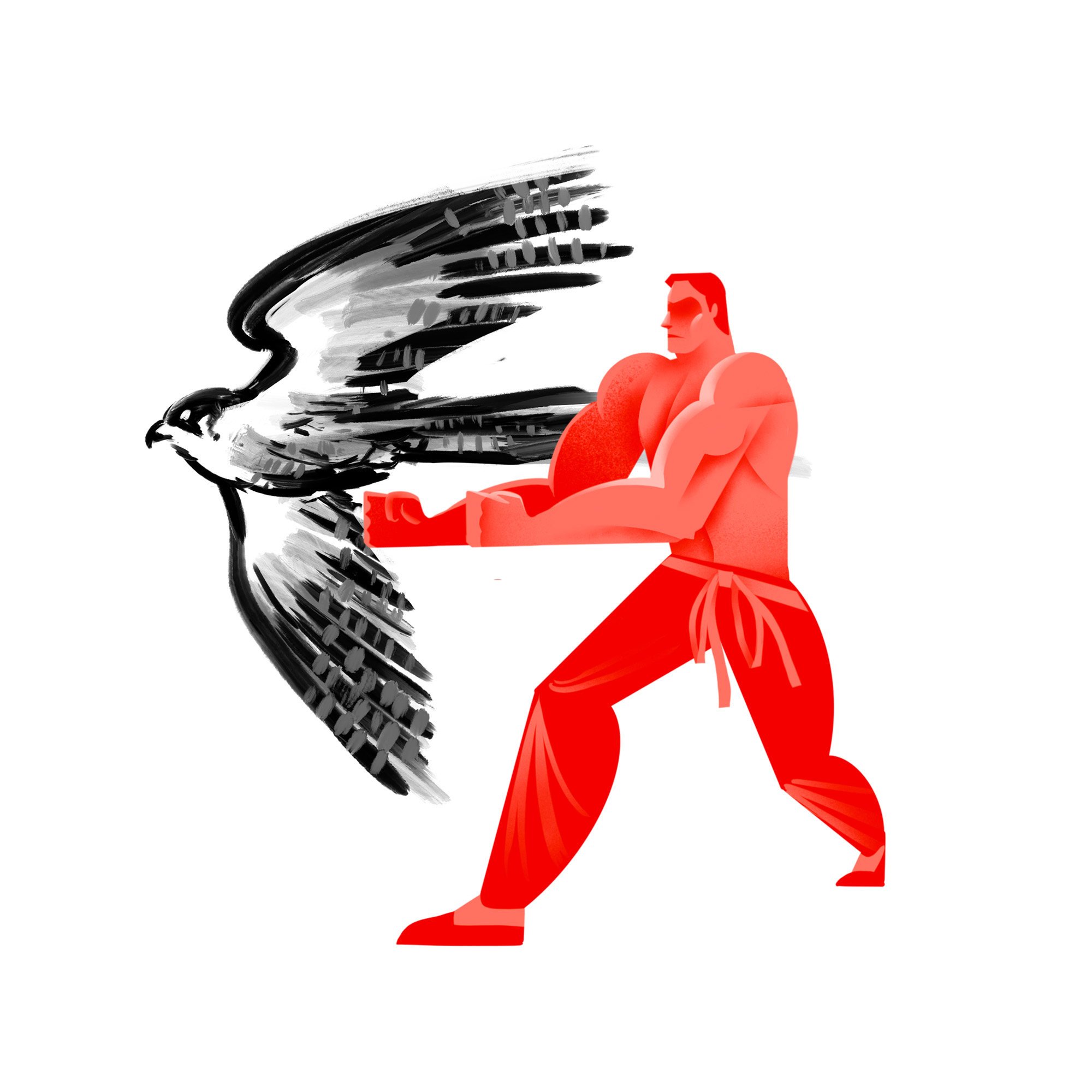
There is some ambiguity over exactly what this animal is. Some texts suggest an ostrich, while others the mythical phoenix.
The focus of this practice is on its dynamic delivery of the fist punch; it is so forcefully executed, in bursts, that nothing can withstand its power.
11, 12 Bear/Eagle
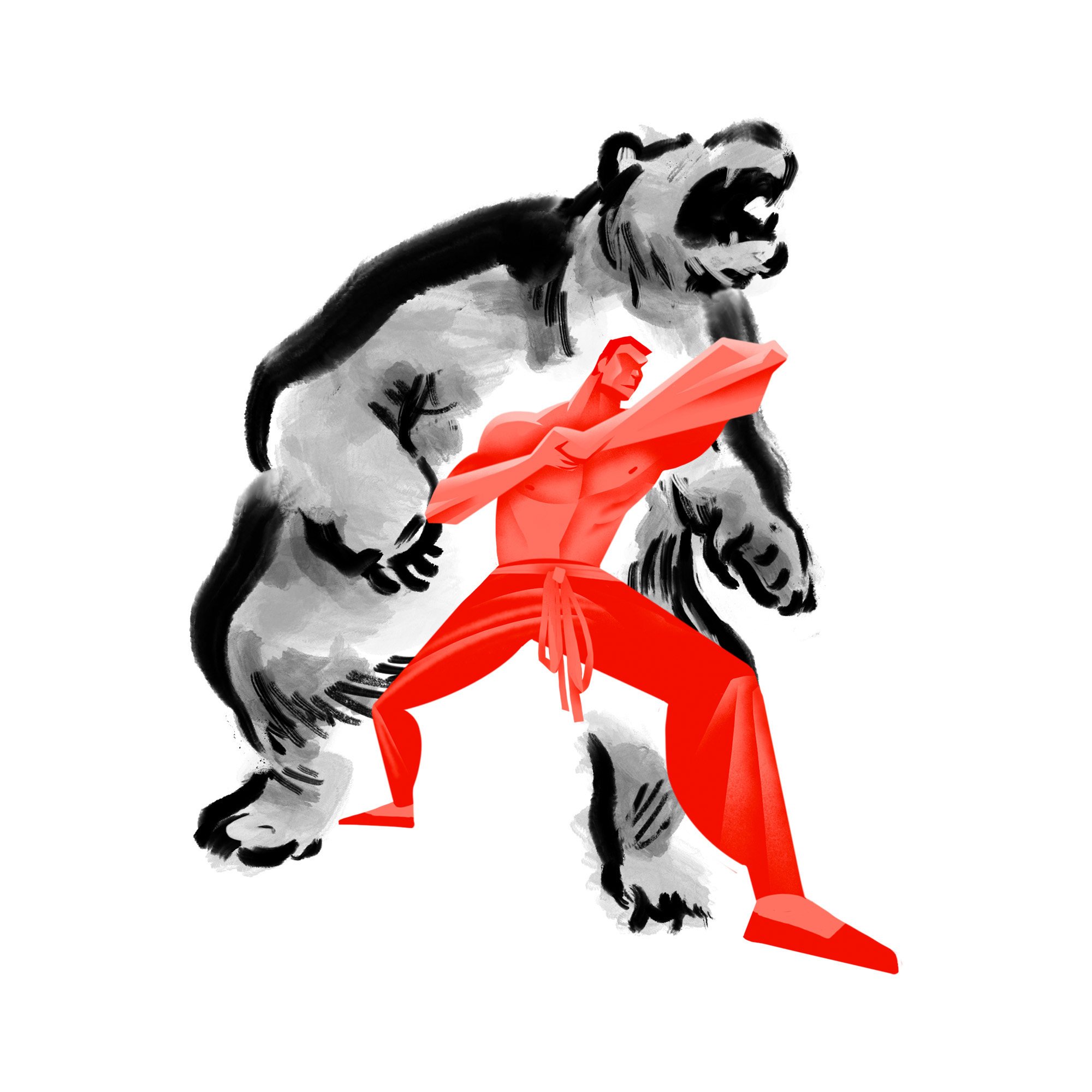
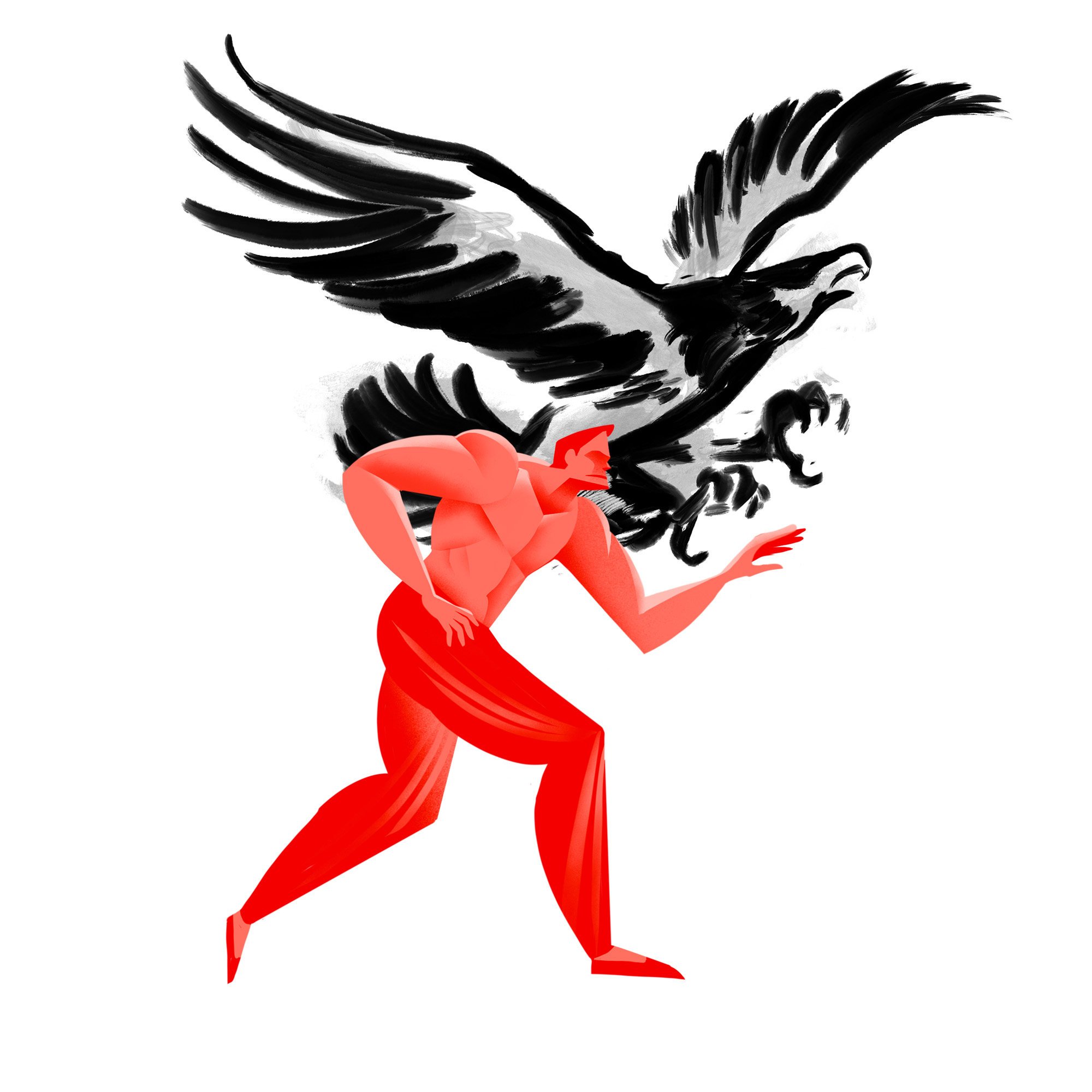
The sequences inspired by the final two animals are usually executed in conjunction with each other to create balance as well as stability.
The bear signifies an upsurge of energy as the large beast stands up to attack, while countering that is the eagle, representing a downward gravitational force – think of the bird descending on its prey with its enormous claws before striking with accuracy and devastation.

